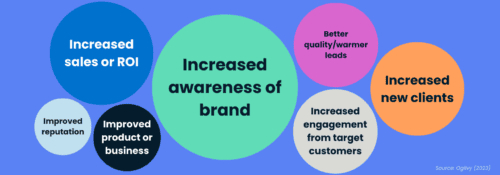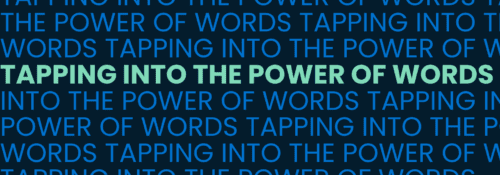How to Create a Successful Advocacy Strategy to Advance Your Issue

Advocacy is part science and part art.
Science relies on data and tactics. There must be a clear data-driven strategy to effectively advocate for an issue. Art creates an emotional appeal that compels people to act.
Here’s how to leverage the best of both disciplines and create a successful strategy to advance your issue.
1. Build a Coalition
The first steps include identifying the key stakeholders in your issues and creating a coalition to advance your cause.
What is a coalition? It can be a formal or loosely-formed group that commits to temporarily come together to rally around an issue or cause. By building a coalition, you create a broader base of support, give more credibility to your issue, and expand marketing opportunities.
2. Agree on Your Goals
As the coalition may have varying interests, it’s crucial to get each member to agree on the overall goals and how success will be measured. You will employ different strategies and measurements if your goal is awareness, fundraising, or encouraging people to act. We’re a big fan of S.M.A.R.T. goals. Goals should be Specific, Measurable, Attainable, Realistic, and Timely.
3. Define Your Audiences
In many cases, your audience will be broad-based. Other issues may require a narrow focus. If you are trying to influence legislation, for example, your audience might be the politicians deciding an issue and their constituents. If you are trying to develop broad awareness of an issue, a more wide-ranging appeal may be necessary. In other cases, you might be targeting specific demographic, income, or psychographic groups.
In each case, your best ROI will come from speaking to the right groups that may be receptive to your position.
4. Choose Your Communication Channels
With your goals and audiences in hand, it’s time to decide which communication channels you are going to use. Your advocacy strategy should start with digital marketing tools that can reach the right people at the right time with the right messaging.
5. Create Compelling Messaging
While your issue, goal, and underlying message needs to be consistent, the way you deliver that message needs to change based on the platform. We live in a world of commercial clutter. Whatever you create, it needs to break through the clutter with a simple, direct, and compelling message and tell people exactly what you want them to do.
6. Launch Your Campaign
We’re assuming that you’ve been developing your budget and handling any necessary fundraising throughout this entire process. Now, it’s time to launch your campaign.
7. Measure and Optimize
After the launch, you need to consistently measure your strategies against your goals. Digital advocacy for successful campaigns allows you to monitor and measure whether you are indeed hitting your objectives.
Tactics such as A/B testing and marketing automation can help you identify what is working and what’s falling short. This allows you to continuously optimize your campaigns for peak efficiency.
Building a coalition helps pool resources to broaden your base. Using digital advocacy for successful campaigns helps amplify your effort. Setting goals and measuring outcomes help you optimize what you’re doing to get better performance over time.
Following these steps will help craft the right messaging and deliver them to the people you need to reach.









